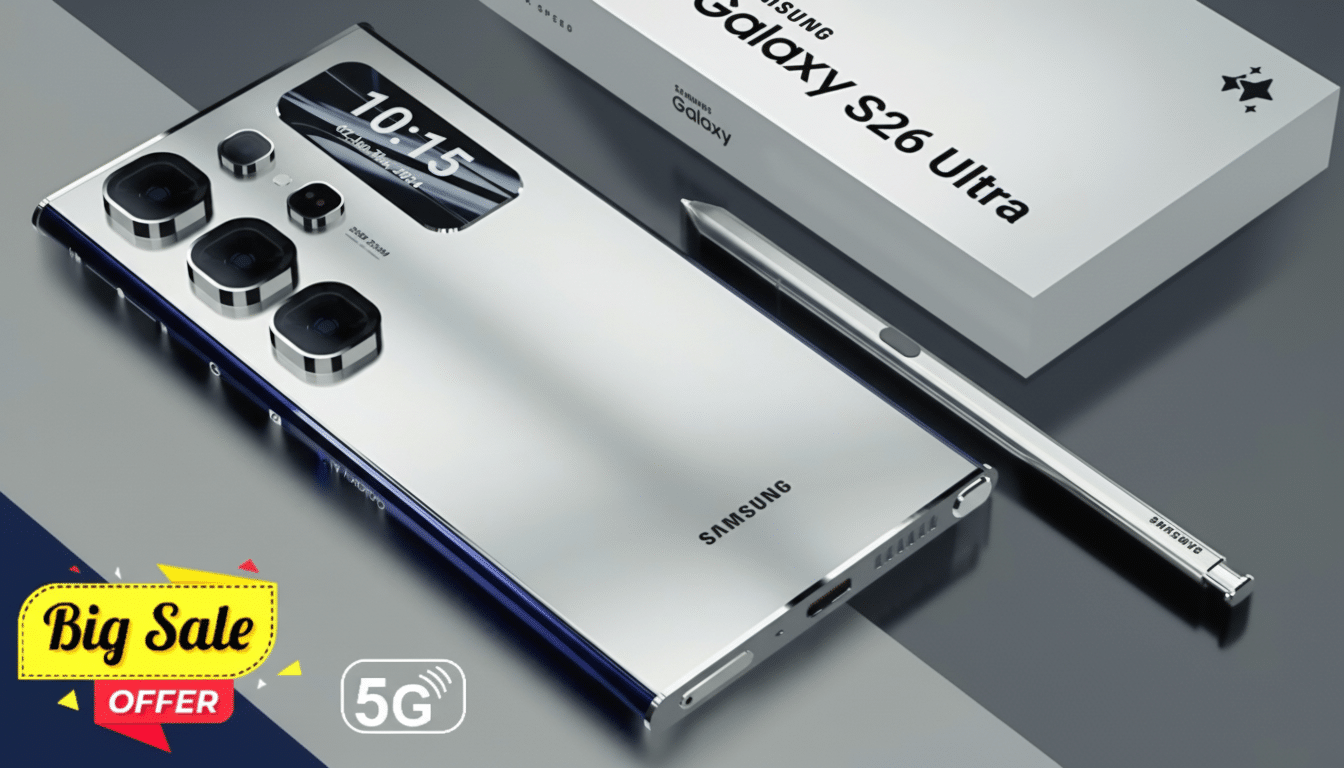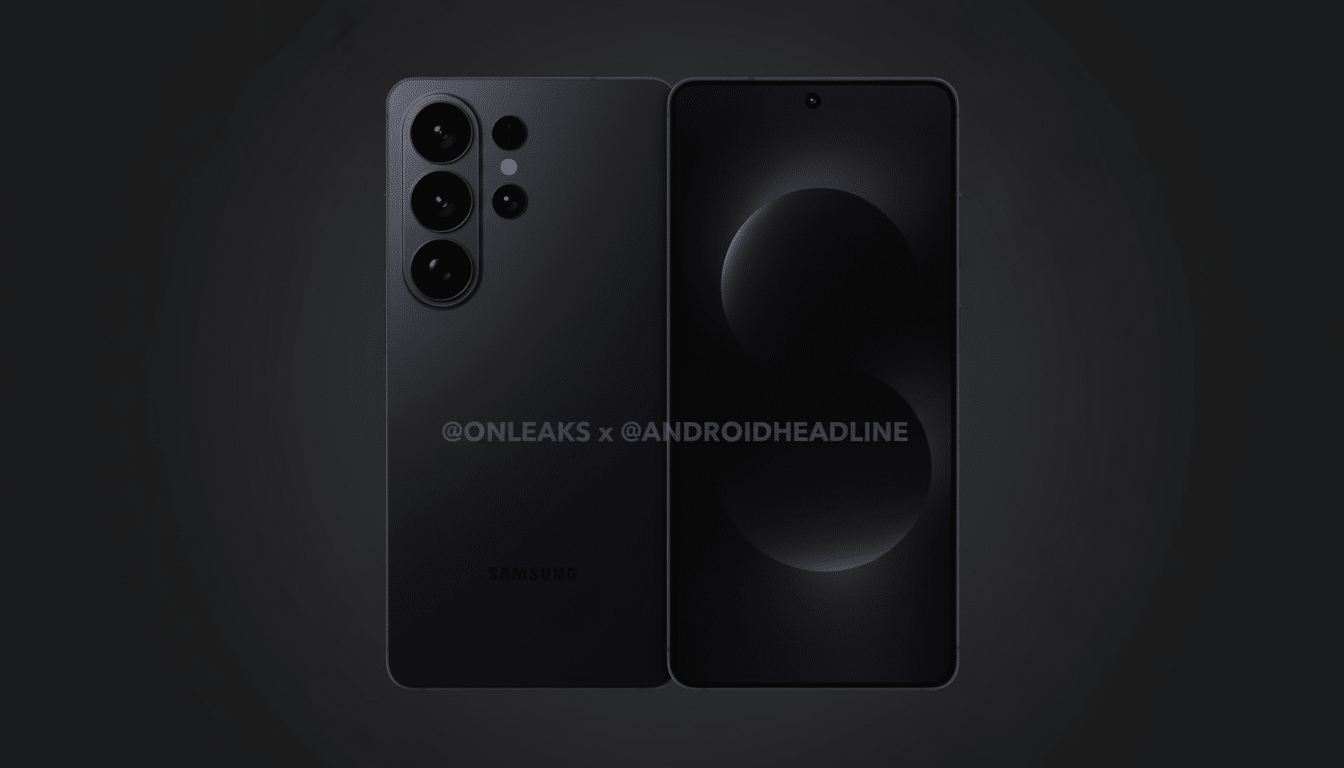Two new leaks about Samsung’s imminent Galaxy S26 Ultra have brought about a familiar mixture of annoyance and resigned disappointment from loyal Galaxy fans: the flagship phone could feature as small a battery as the last model, but with an even rounder design. If those details are true, it would indicate another incremental year, rather than the “leap” many buyers would expect from Samsung’s highest-end model.
Battery stagnation: why 5,000mAh feels like a step down in ambition
Large phones of the high-end variety have long had to trade off battery life against thinness, thermal headroom and camera hardware. But when a device stays on 5,000 mAh for several generations, the conversation goes from engineering trade-offs to product strategy. Multiple credible reports indicate that the S26 Ultra would once more be relying on a 5,000 mAh cell — the sixth Ultra in a row with a 5,000 mAh cell –– which will make it harder for Samsung to argue for real-world endurance gains.

The leads we gain from industry testing outlets like GSMArena and Consumer Reports again and again indicate that software optimization and chipset thrifting can only get you so far; bigger batteries result in longer mixed‑use runtimes in real, objective lab surveys.
“For the many users who prioritize battery life as a key purchasing consideration, incremental software improvements don’t replace the headroom we were able to deliver with a larger system battery in the first place.”
The only physical upgrade S21s are rumored to get at this point is potential 65W wired charging, up from 45W. On paper it’s about a 44 percent increase in charging wattage, which should mean a significantly faster top up. But better charging speed is not a straight one-to-one efficiency gain in practical terms: thermal throttling, battery longevity trade-offs and real-world charging practices mean users are going to see varied benefit depending on usage and heat management.
Design drifting: the Ultra is looking less distinct
The other rumour is a more curved design and a 6.89-inch display that is bigger only because the bezels are smaller. That reflects the more gentle shape that Samsung brought to the table recently, and is probably intended to be more comfortable in the hand and look a bit better. But many in the Galaxy community fret that the Ultra is being stripped of the bold visual cues that set it apart from competitors — primarily the edgier, more angular look that screamed “Samsung.”
Brand differentiation matters. Samsung’s Ultra line used to offer a still-counterintuitive contrast to rival designs by Apple and Google, and accessories, cases and even third-party marketing played up that odd shape. So as the identity turns to the more iPhone‑adjacent curve, there’s a concern among fans that what made the Ultra aspirational in the first place may become eroded.

Why Samsung might be doing this
For starters, there are practical reasons why Samsung might be making these calls. Space is at a premium, with engineering constraints (such as advanced camera systems, better cooling for faster charging, or an integration of the S Pen mechanism) all jostling with one another for internal space. Suppliers have also suggested that the pressure of materials and component costs are tilting toward incremental changes as opposed to wholesale redesigns, analysts at Counterpoint Research and Strategy Analytics said.
And market signals have something to do with it as well. Quarterly sales data indicates increasingly discerning price-sensitive consumers who often require more than incremental upgrades, and such small hardware iterations don’t always sway customers unless there is an obvious pain point fix. Samsung might simply be hedging its bets, focusing more on manufacturability and margin than revolutionary spec bumps.
What the change means for buyers and the broader market
For those who upgrade once a year, then the S26 Ultra will, according to the leaks, feel slightly “same but softer”: a little more screen, a gentlerled design and a small charge upgrade, but no big battery advance. For possible switchers from iPhone or Pixel, the phone as a whole — cameras, software, S Pen ecosystem — might still be enticing.
From a competitive point of view, Samsung could end up softening one of its strongest value propositions: the Ultra as the definitive flagship experience. If similarly priced rival phones deliver clearer wins in battery life or charging, Samsung has to rely on making a solid case around camera improvements or software features worthy of a price premium.
Leaks are early-stage intelligence, not gospel. Samsung’s design and engineering roadmaps can always change between now and its next Unpacked event. Yet, these specific rumors cast light on a strain that has been mounting for years: trying to strike a reasonable balance between slim design, cutting-edge features and battery lifespan that does not take away from the essence of what made the Ultra memorable.

